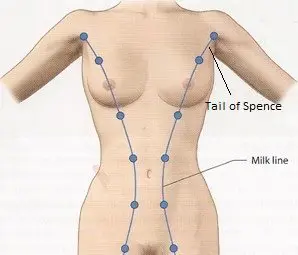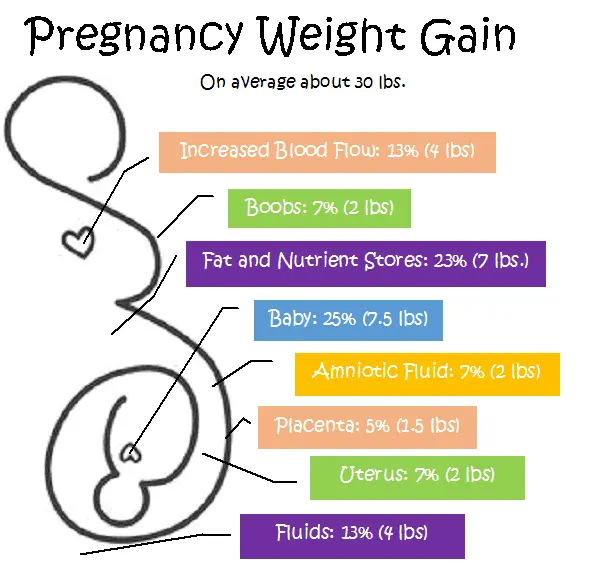She’s finally here! After 3 amazing boys, 2 miscarriages, and years of trying, we have a beautiful baby girl. Aeris Aurora June was born March 13, 2015 at a perfectly healthy 7.9 lbs, 20 inches. As much as I love to just brag about my gorgeous children, I do try to make my birth announcements helpful to people who don’t know me and don’t care that some lady on some website had a baby, and Aeris’s birth, and the preeclampsia that forced it to happen, is indeed a story worth sharing, because everything about it was atypical and stumped my doctors.

Preeclampsia without high blood pressure?
My pregnancy was full of not-so-fun symptoms, but one was new. I had “generalized edema” aka full body swelling. Swelling during pregnancy is fairly common in the lower extremities, but when seen in the upper body, particularly the face, it can be a warning sign of preeclampsia. I had swelling from head to toe starting around 6 months that progressively became worse. Its onset was not rapid like most preeclampsia warning sign lists state, and it was not accompanied by high blood pressure. I had no other symptoms of preeclampsia, so the general consensus was it was just one of those things. I just needed to drink more water—and I did. I drank water by the gallon, and it did not go away. Around 36 weeks, I developed itching and a rash on my abdomen, which I later discovered was PUPP, another symptom of high blood pressure—yet I still had flawless blood pressure. I took some dandelion root and things seemed to be improving on the rash front at least.
Then at my 39 week prenatal check suddenly the protein levels in my urine skyrocketed. My midwife got a +3 on the dip stick and ordered a 24-hour lab. My protein levels were 1,728. To put that in perspective, anything above 300 is diagnosable as preeclampsia, so my levels were almost six times even the high-normal level. I still did not have high blood pressure, headache, or visual disturbances. Protein levels that high were a sign my kidneys and liver were struggling though, and the only answer was immediate induction. Thank the gods my levels randomly spiked at 39 weeks when induction was a very safe option. Preeclampsia is one of the leading causes of neonatal death, because the only way to cure preeclampsia, which can be fatal for both mother and child, is to deliver, no matter how far along you are.
Inducing at 39 weeks
I’ve actually been induced with three of four of my kids now, and the natural labor was scheduled for induction but came before we got there. However, my first three children were overdue, making this my first pre-due date induction. I opted for cervidil as it had worked well for me in the past. It worked again, kind of. I went in for induction at 8:30, had cervidil placed at 9:30, and started contracting around 11. Unfortunately, those contractions were too frequent and heavy. The cervidil was removed around midnight, and things might have proceeded as planned, except…
Magnesium Sulfate, I hate you.
Being classified as having extreme preeclampsia despite having no high blood pressure, I was still at risk for seizures during and after my labor. Apparently, what they give to prevent this is a nasty little substance called magnesium sulfate. Ironically, magnesium sulfate is also used to delay preterm labor. That’s right, they induced me, got labor going to a painful point, then gave me a drug that stops labor, and it worked. My labor stopped, and I went to sleep. The next day at 8 am I was started on Pitocin, something I’d had a very painful relationship with during my first labor. I delivered at 10:31 am. They didn’t even have time to break down the hospital bed. Why such a fast labor?
Well, magnesium sulfate makes many women sick especially if you mix it with high dose Pitocin. It turns out the fastest way to deliver a baby is to vomit through your entire labor. What else does magnesium sulfate have to offer? It sort of feels like someone has injected lava into your veins somehow. You feel feverish and cold at the same time, a bit dizzy, and oh yeah! It also causes your uterus not to contract after labor. I got to feel the awesome sensation of having blood clots pushed from my body (it felt sort of like worms sloshing out) and then had to be given even more medication to stop my bleeding so I didn’t bleed out to boot, but you know, it was worth it, because she is just…perfect.
The after math
I was very happy I avoided a c-section even if my labor was highly medicated. Over the next 48 hours, the tubes and monitors were slowly removed one by one. I felt much better just having the Pitocin pulled, but 24 hours later when they took out my IV magnesium drip I was ecstatic—for about 6 hours. Then I felt like I’d been hit by a Mac truck driven by an obese elephant. My entire body hurt, and not like normal I-just-had-a-baby hurt (I’d had 3 already remember). I assume that must have been magnesium’s parting gift. To add to my misery, I got the dTap shot after my labor to protect my new liebling from pertussis and had my first ever vaccine reaction adding injection site pain, rash, and alternating fever/chills to my recovery. We still have no idea why I developed severe preeclampsia without high blood pressure during a fourth pregnancy with the same father and no risk factors whatsoever, but it happened.




